These are the 5 most important things you can do to increase your ad revenue

There are plenty of actions you can take to increase the advertising revenue of your ecommerce website.
Here are the 5 that can really move the needle.
(1) Position, position, position
In real life it’s location. In retail media it’s position.
The higher the positioning, the better the results, period.
If you place your first ad on the 5th or 6th position, we can assume they are below the fold and shoppers will not see them until they scroll down. Some of them will scroll. Some wont.
Placing the ads above the fold increases the impressions, the clicks and revenue by up to 66%.
Also it’s very hard to sell sponsored product ads to advertisers if they believe they can get better positions organically (above the sponsored products). There’s no added value coming from the sponsored product ads. This especially applies to stores with a limited number of products and low competition in each category.
In the chart below we can see an example of the click performance of ads in different positions in a search result page. In this website the ads are positioned in the 2nd position, 3rd, 8, 10, 15 and 20 (the last product in the page). The X axis shows the position and the Y axis shows the click’s value.
As you can see, the clicks on the ad in the 2nd position are X10 than those on the ad in the bottom of the page.
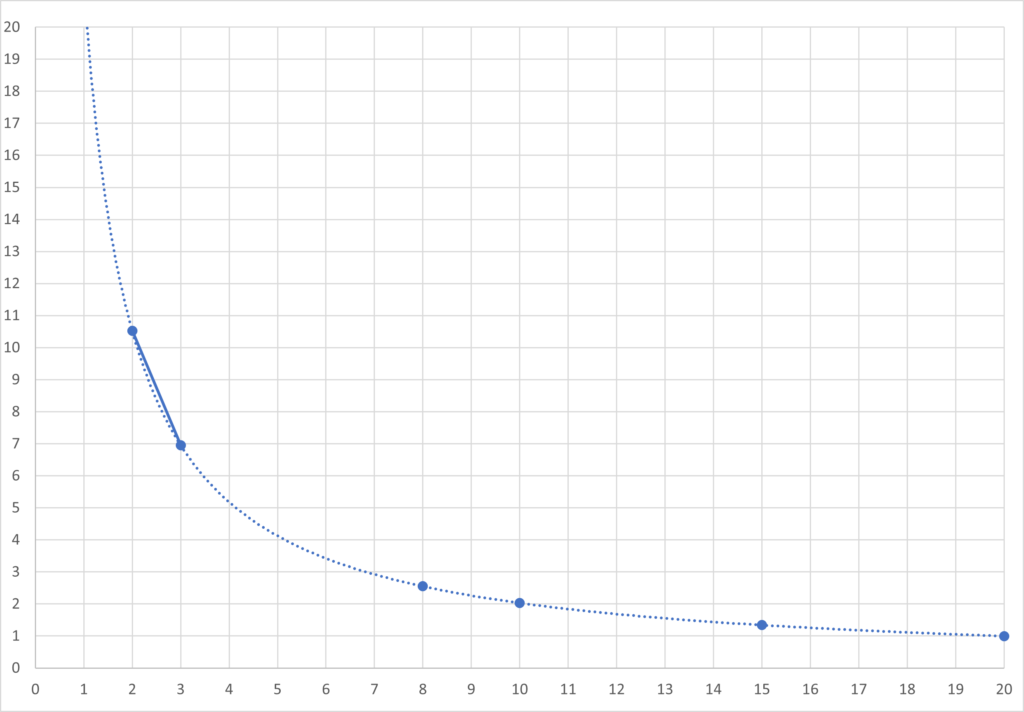
If you are not serving your ads in the top positions, by moving them up the page you can dramatically improve your performance.
(2) Number of ads in a page
During the first Super bowl broadcasts on TV (1968-1970) there were around 30 commercials. In 1976 there were 40, In 1983 there were already 48. This year (2022) there were 87.
In 1930 you could find one or 2 ads in a magazine. 40 years later 46 pages out of 100 Pages in printed Magazines were ads and in 1980 it was 53 (out of 100).
The first non-advertising page in Vogue in 2009, for example, was 48! It was the TABLE OF CONTENTS. First actual article was on page 75.
I'm writing an article comparing old print reading to modern digital consumption … so here is a break down of what a Vogue magazine used to look like.
It's kind of crazy that the first non-ad page was on page 48, and the first article didn't show up until page 75. pic.twitter.com/IDXASYfHVk
— Thomas Baekdal (@baekdal) February 2, 2020
What happened to TV, Magazines and online ads is also happening in retail media.
The more advertisers and sellers want to promote their products, the more ad space ecommerce websites are willing to offer.
Amazon and eBay are great examples – They have both been offering sponsored product ads for quite some time and in the last few years the number of ads per page has jumped dramatically.
Once your store starts generating significant demand, adding ads to your pages will help increase the revenue. In some categories that have high demand from advertisers, it will be noticed more but as long as the sponsored product ads are relevant they wouldn’t hurt the shopper experience. In categories with low competition you will still show less ads.
We recently released a report showing that stores that offer 8 ad slots in a search result page get on average 2X more clicks than those that offer 4 ads or less, and 1.6X more than stores that offer 5-6 ads.
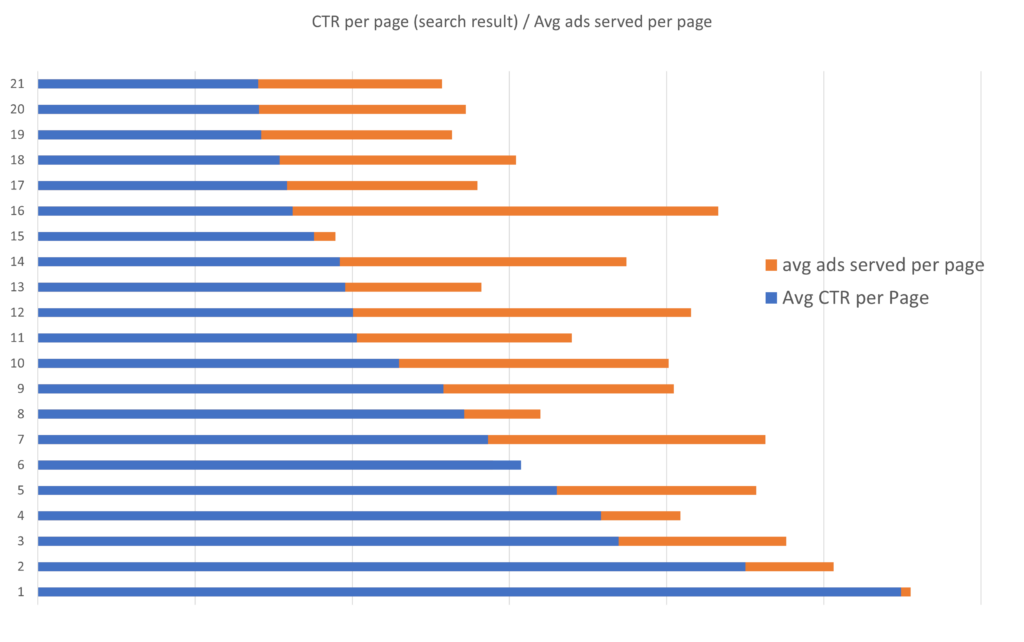
You can read more about positions here and about fill rate here.
(3) Product detail pages
Let’s start with the bottom line: Product detail pages can increase your ad revenue by 50%.
Sponsored Product Ads are usually implemented first on the search result pages and category pages.
However, the product details pages are also very important as they generate a lot of traffic (internal and external) and can showcase a carousel of related sponsored products, meaning they can increase your ad impressions dramatically.
In 2019, product detail pages on Amazon accounted for ~80% of the Sponsored Product Ad impressions!
The CTR in these pages depends on the position of the carousel but can be quite surprising as many shoppers use it to navigate from one product to another.
From aggregated data we collected at the beginning of 2021 from several ecommerce websites we saw that sponsored product ads on product pages generate up to 50% (on average) of the ad impressions and 20%-50% of the total ad revenue.
The CTR of the ads in the product pages can be below the CTR of the other pages, but it still generates a lot of clicks and revenue because of the high traffic and ad impressions.
Therefore, it is very important to utilize these pages!
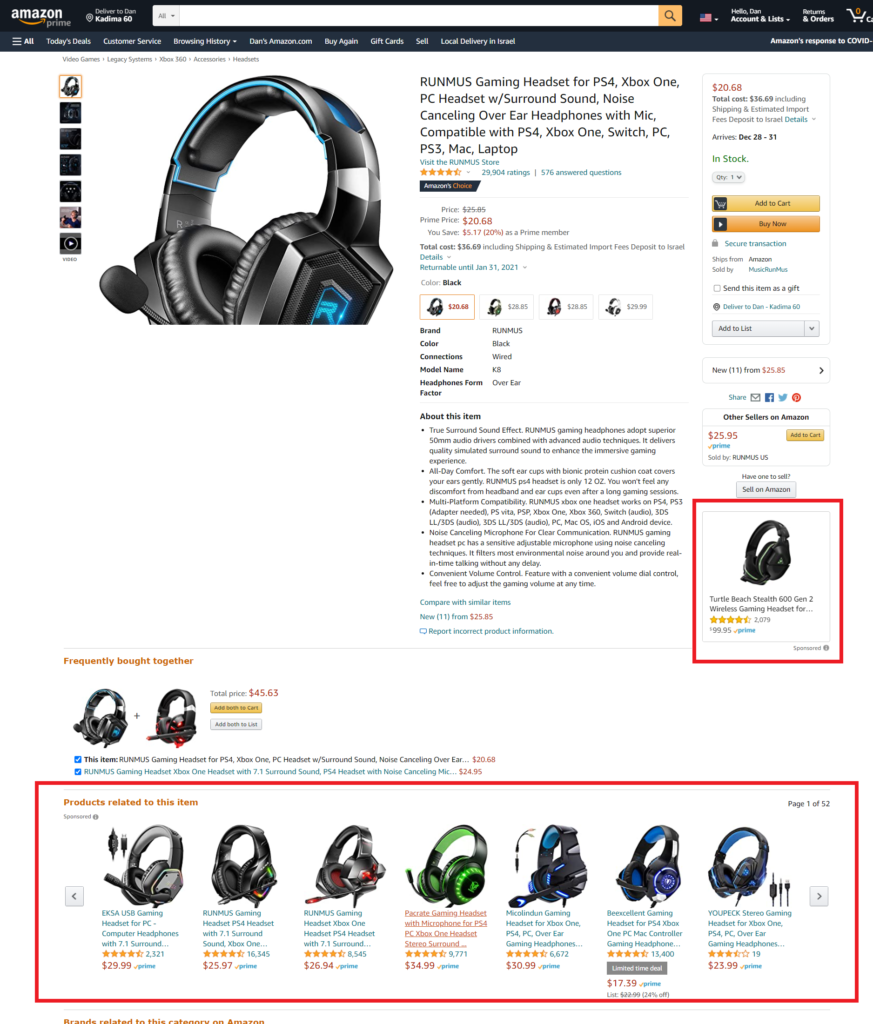
Here is an example of the impact of adding PDP in a marketplace earlier in 2021:
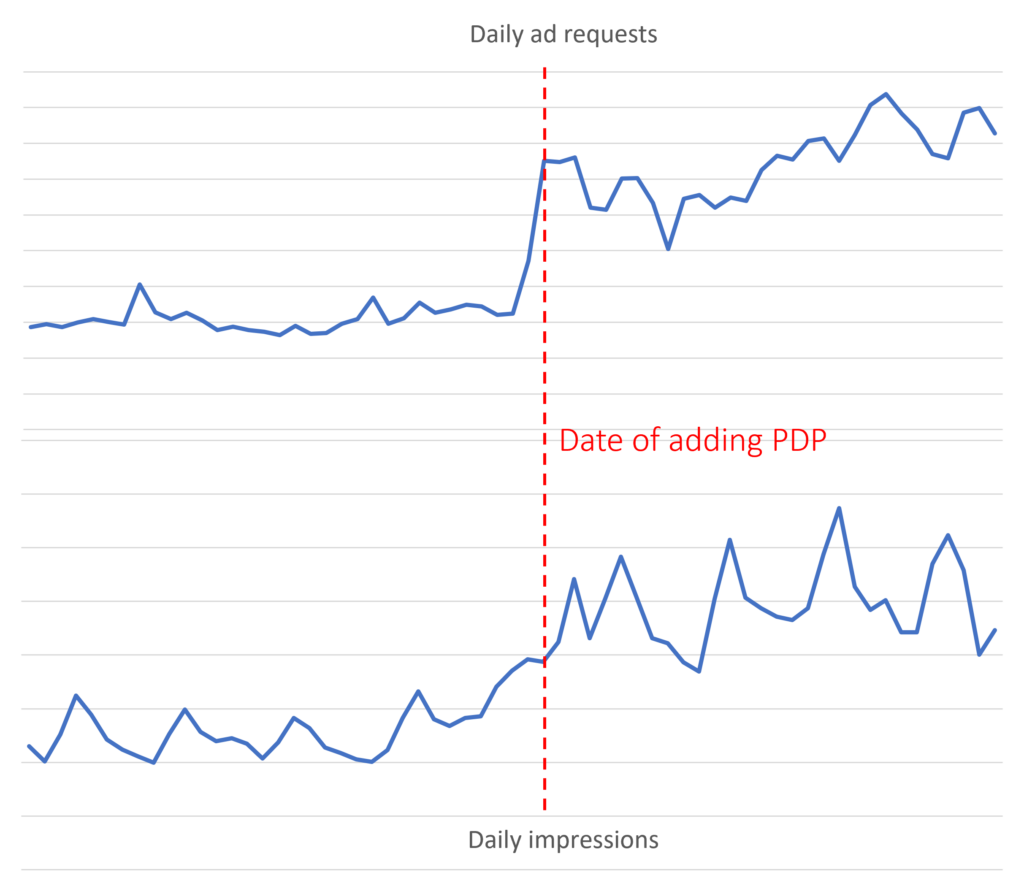
(4) Easy access
If you run a marketplace then having the “sponsored products” offered as another integral feature in your seller center is very important.
Placing the “promote my products” button in a prominent position so that sellers can easily notice it and use it just like any other feature of the seller center, can help getting get sellers engaged and ramp up your sponsored product business.
In fact, this is the most important thing you could do to scale quickly.

Here you can see an example of the impact of adding the “promote my products” single sign on button to a seller center that uses Mabaya (the button was added to the seller center on the 23rd).
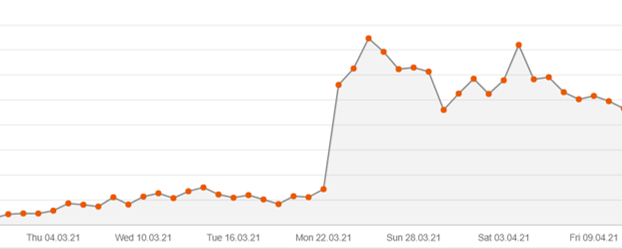
(5) Automatic keyword
The keyword selection for a sponsored product ads campaign is very important to its performance and the satisfaction of the advertisers.
From our experience having the right keywords and targeting long tail keywords are keys to the success of a campaign.
Campaigns that target hundreds of relevant keywords can X2 their ROAS compared to those that target less than 10.
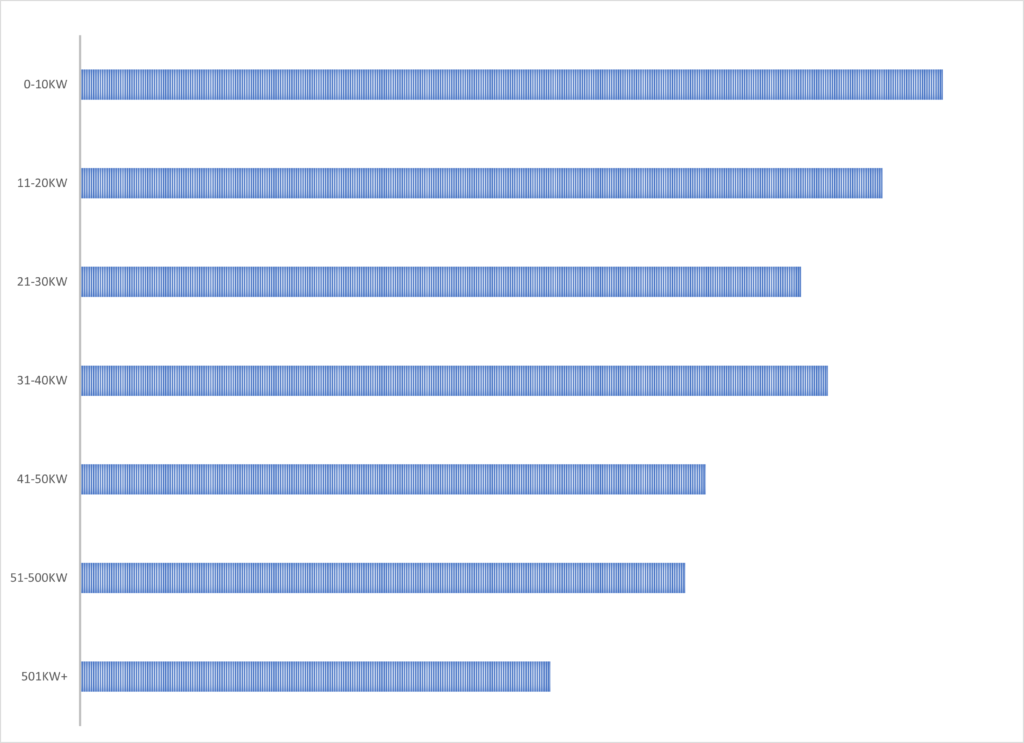
An easy way to do that and add many relevant keywords to the campaign is to select the automatic keywords option.
Today, most of the campaigns use automatic keywords and this feature has become one of the most important features for advertisers as it helps them improve their performance and retains them.

If you are not utilizing this feature you should definitely do so.
Read more about long tail keywords here and about automatic keywords here.
About Mabaya
Mabaya offers a white-label self-service retail media platform for online retailers and marketplaces that enables sellers and brands to bid in order to ensure their products are listed in premium locations in the online store.
The platform is integrated in more than 50 ecommerce sites around the globe (such as Bol.com, Jumia, Manomano, Kaufland, Hepsiburada, Falabella etc.), serving more than 70,000 advertisers and sellers.

